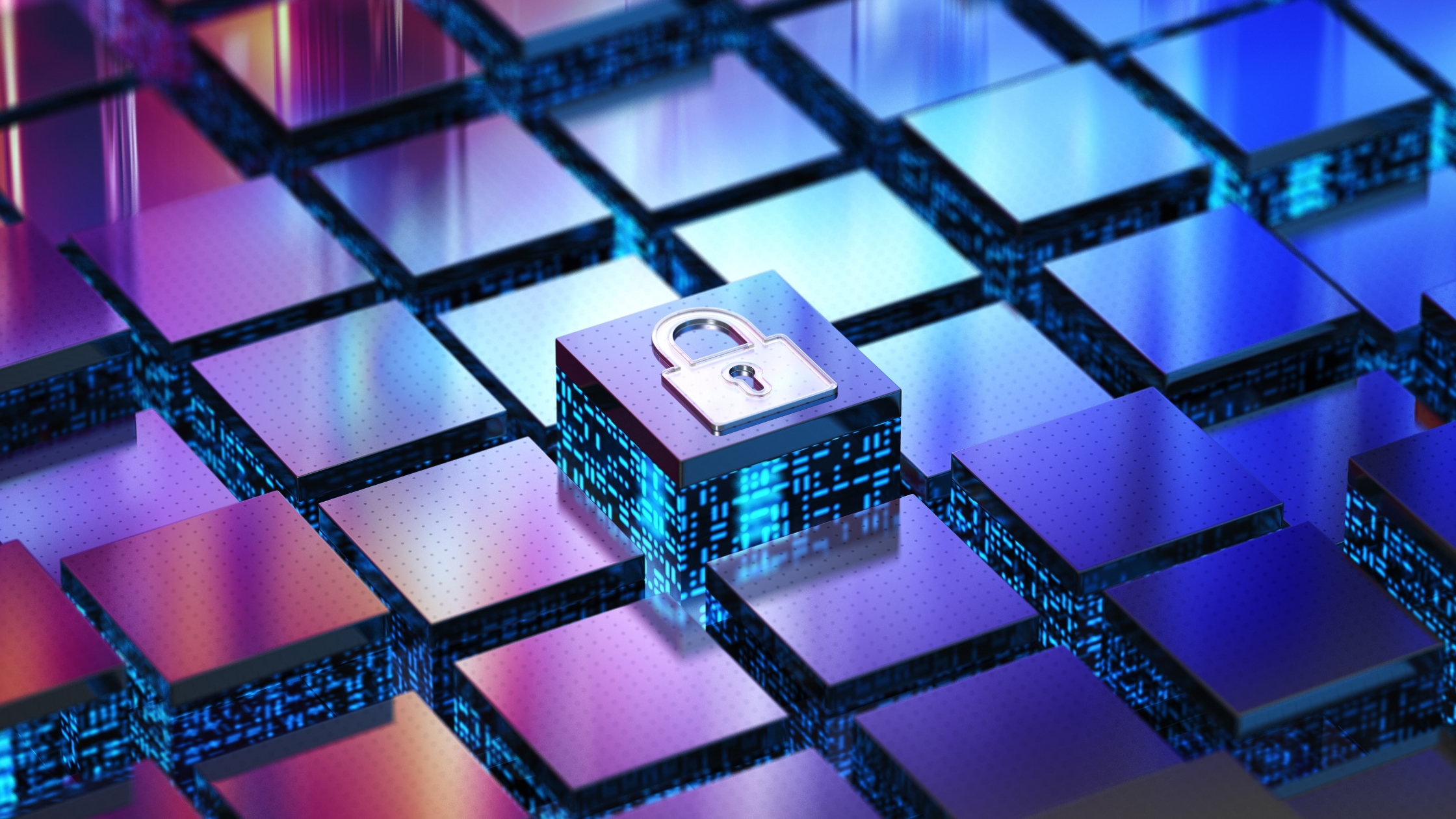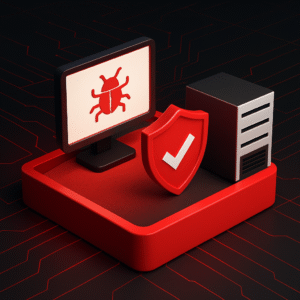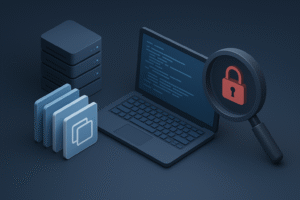Data breaches and cyber-attacks are increasing rapidly in today’s digital landscape, and businesses of all sizes face constant risk. A single security layer isn’t enough anymore. You need a multi-layered approach, which acts like a fortress with multiple walls and guards, ensuring that even if one layer fails, others still protect your network.
Why Multi-Layered Security Is the New Standard
Multilayer security combines several protective measures to fend off attacks from various angles. Instead of relying on one defense, you implement multiple layers reinforcing each other. Multilayer security covers all potential attack points, like a medieval castle that relies on walls, moats, and towers.
The Castle Analogy: Layers of Defense
Imagine your Cybersecurity like a castle. You would need more than one wall to keep invaders out. Instead, you’d use multiple barriers—moats, walls, and guards—to keep the enemy at bay. Similarly, each layer makes it harder for attackers to penetrate your defenses in Cybersecurity. Implementing a multi-layered security strategy is crucial, as it addresses various security vulnerabilities and enhances overall network security.
The Role of Redundancy in Security
Redundancy ensures that if one layer fails, others are still there to protect your network. Endpoint protection can catch the threat if a hacker bypasses your firewall and manages to bypass traditional security measures. This safety net helps prevent breaches from escalating and keeps your data secure.
Breaking Down the Essential Layers of Cybersecurity
A multi-layered security approach involves multiple defenses working together to protect your network. Each layer targets a specific vulnerability and addresses potential security threats, creating a comprehensive shield that is hard for attackers to penetrate. Here are some critical layers that should be part of your security strategy.
- Physical Security – The First Line of Defense: Physical security is your first defense. Lock your doors, use security cameras, and control access to your offices and data centers. Even the best digital defenses can be compromised if an attacker gains physical access to your hardware. A solid physical security framework is vital to a comprehensive multilayer security strategy.
- Network Security – Guarding Your Perimeter: Network security is your digital fence, safeguarding network systems from various active assaults. Firewalls, intrusion detection systems, and secure configurations protect your network from unauthorized access. These tools monitor traffic, block threats, and ensure only trusted users can connect to your systems.
- Endpoint Security – Securing Every Device: Every device connected to your network is a potential entry point for attackers. Multi-factor authentication (MFA) protects networks and sensitive information by requiring users to verify their identity through multiple methods. Endpoint security ensures that all devices, from laptops to mobile phones, are protected. You secure your network at the edge by using antivirus software and device management.
- Application Security – Protecting Your Software: Applications are vital but also vulnerable. Application security ensures that your software is protected from exploits and vulnerabilities. Regular patching, testing, and secure coding practices protect your applications from attacks.
-
Data Integrity and Backup – Safeguarding Your Information: Data integrity and backups are your last line of defense. Even if attackers breach your defenses, reliable backups ensure you can recover. Tools like CyberSnap verify the integrity of your data and backups, giving you peace of mind.
Why a Single Layer Isn’t Enough
Relying on one security measure is risky. Modern cyberattacks are diverse and sophisticated, requiring adequate security controls that work together to create a robust defense system. Multiple layers protect your organisation from complex threats like phishing, ransomware, and social engineering.
The Danger of Over-Reliance on One Defense
Your network is exposed if you rely solely on a firewall and it fails. Multiple layers, such as endpoint protection and backup systems, reduce the risk of a successful attack. Even if one layer is compromised, the others keep your network safe. Implementing various security controls ensures that each component of your IT environment is protected, creating a robust defense against threats.
Real-Life Consequences of Insufficient Security Layers
In 2021, a major retail company suffered a massive data breach because it relied too heavily on a single firewall. When it was breached, no other defenses could stop the attack, exposing millions of customer records. This shows the importance of a multi-layered approach.
Building a Strong Cybersecurity Fortress

Identify your most valuable assets and vulnerabilities to build a strong Cybersecurity defence. Then, implement the necessary security layers to protect them. This strategy ensures that your defenses are adaptable and resilient to evolving threats.
Identifying and Prioritizing Critical Assets
Identify which data and systems are most valuable to your organization. Whether it’s customer information or financial data, prioritize securing these assets first. Multiple layers of protection will reduce the likelihood of a breach.
Implementing and Monitoring Security Layers
Start with physical security, then add network defenses like firewalls. Security awareness training is essential to help users recognize phishing emails, malware attacks, and other scams. Secure endpoints and protect your applications. Use tools like CyberSnap to monitor your systems and ensure all layers function as intended.
Adapting to Evolving Threats
Cyber threats evolve quickly. To stay ahead of new threats, regularly update your security measures and conduct audits. Continuous adaptation is key to maintaining a strong defense.
Frequently Asked Questions (FAQs)
What is the most critical layer of security for any enterprise?
Network security is often the first line of defense, but more than a single layer is required. A combination of network security, endpoint protection, and verified backups provides comprehensive coverage.
How does a multi-layered security approach protect against ransomware?
A multi-layered approach ensures that if ransomware bypasses one defense, others, such as endpoint security and backups, will catch it. Verified backups allow you to restore your data without paying a ransom.
How do I know if my security layers are working?
Continuous monitoring is crucial. Tools like CyberSnap provide real-time insights into your network’s health, detecting vulnerabilities and unusual activities before they become significant threats.
What’s an example of a multi-layered security system in action?
A strong system might include physical security, firewalls, endpoint protection, and application security measures. This setup ensures that even if one layer fails, others protect your organization from a full-scale attack.
How do I get started with implementing multi-layered security?
Begin by thoroughly assessing your current security. Identify gaps, then add the necessary layers. Continuous monitoring and regular audits ensure your defenses remain strong.
How often should I update my security measures?
Cyber threats evolve rapidly. Regularly update your security strategy and software at least quarterly. Be proactive in patch management and security training for your team.









